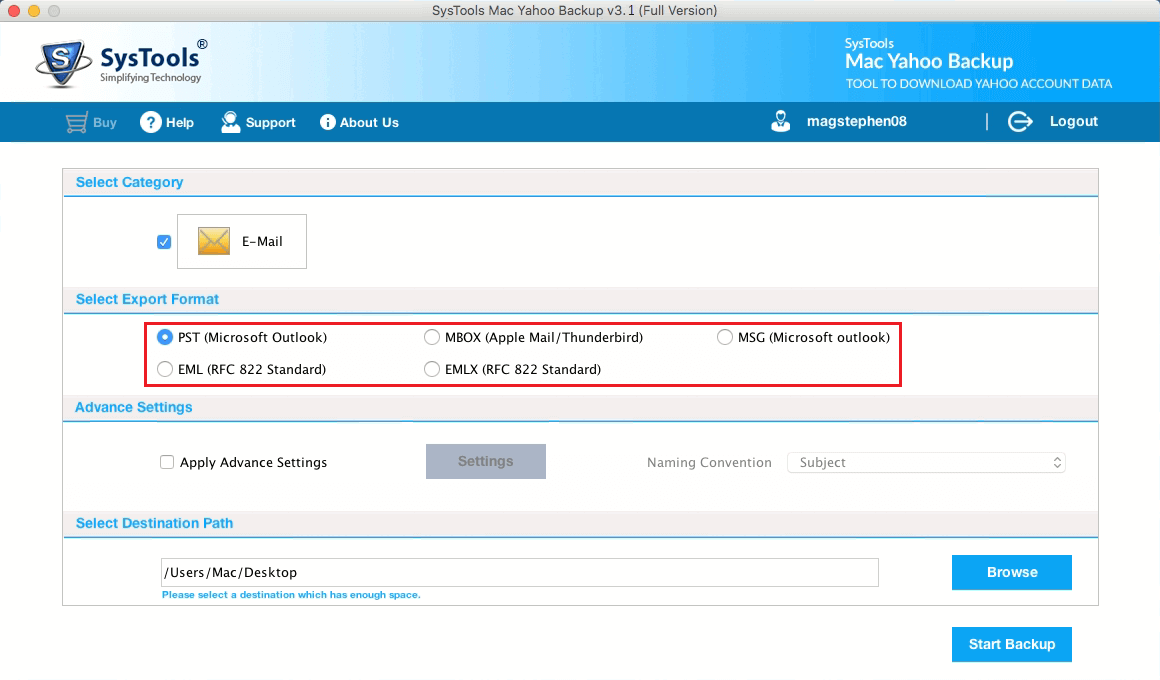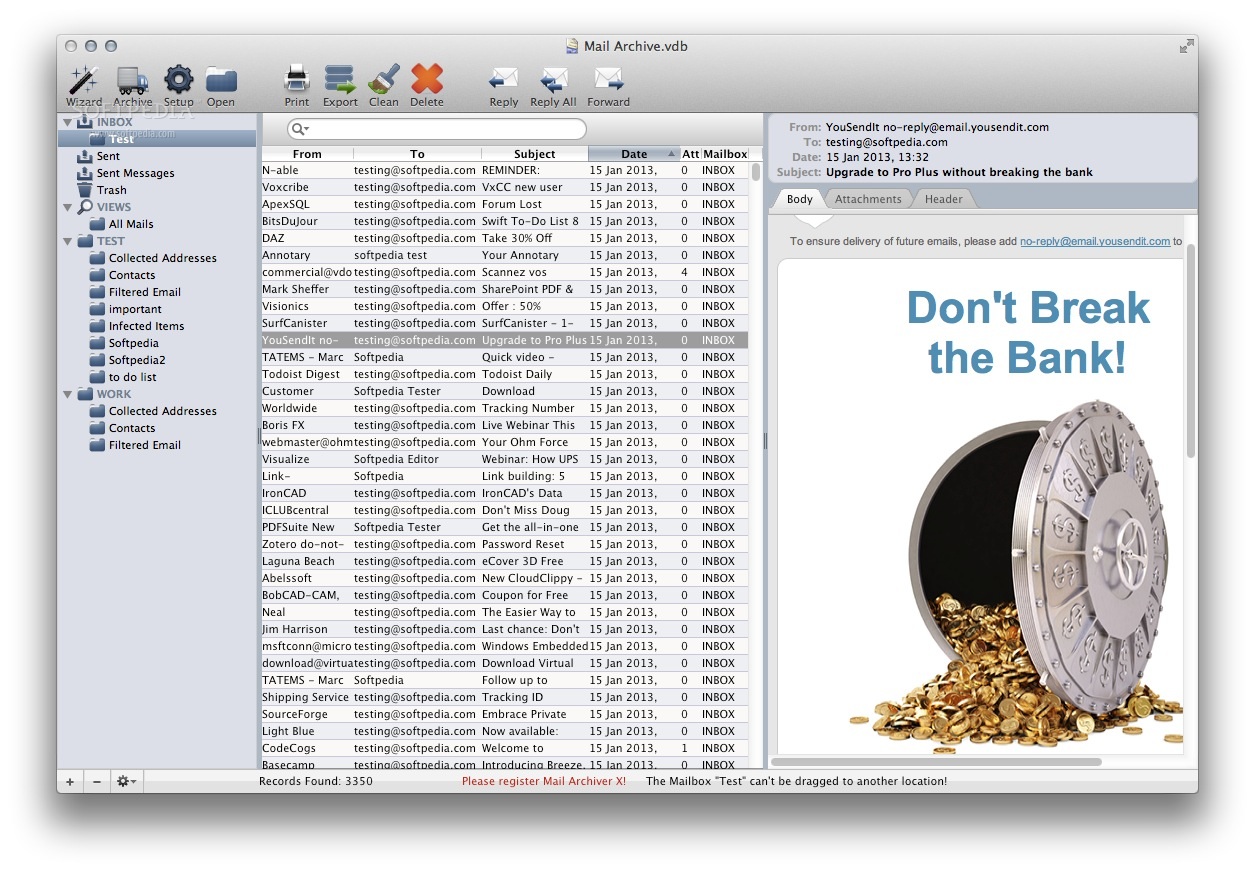

You first have to download and install the tool from the Mac app store. You can also use the Unarchiver to open your zip folder Mac. For instance, if you had the zip file on your desktop, then the uncompressed file will also be on the desktop.
The file automatically opens and the archive utility decompresses the file into the same folder as your zipped file. Opening zip files using Mac's archive utility But there are also third party tools you can use. Zip files are handled internally on the Mac operating system. You'll see all the files in that zip folder. You can open your zip file by double-clicking on it. Those are the simple steps to how to compress a folder on Mac. The zip folder will also be in the same folder as the original folder. The only difference is that it will have a. The compressed file will have the same name as the original folder. It will compress your files and folders within a short time. The option automatically activates Mac's built-in compression feature. You can also control-click to open your contextual menu. Right-click on the folder with the files to be zipped. Have the files in one folder: drag and drop the files in one location. Here are the steps for how to zip a folder on Mac. All you have to do is create a zip file and attach it to the email you want to send. You don't have to attach the files one by one. You can save time by combining several files into one before you send them via email. Zip files are only as dangerous as any other executable files. In addition, you can manually transfer old items to a personal folder.You may think that, since zip files contain numerous files, it means that they are more dangerous. "Archive Folders" in the navigation pane of your Folder list. In Outlook 20, your archive folders will be listed under 
In the navigation pane of your Folder List. In Outlook 2010, your archive folders will be listed under "Archives" Properties, and then click the AutoArchive tab. To change the settings for individual folders (e.g.,

Select or deselect the first checkbox to enable or disableĪutoArchive.Outlook will then archive items based on the settings you chose. In the Ribbon, select AutoArchive settings.Setting up AutoArchive and accessing your messages in Outlook In Outlook 2010 The Outlook folders with AutoArchive automatically activated, alongĪnd Drafts folders do not have AutoArchive activatedĪutomatically. Byĭefault, it will prompt you before archiving items every 14 daysĪnd delete expired email messages from your mailbox. Your computer's hard drive, or a workgroup or departmental server. Other items to a separate personal folder (. Note: AutoArchive is not available in versions ofĪutoArchive is a feature in Outlook that moves old mail and Information here may no longer be accurate, and links may no longer be available or reliable. This content has been archived, and is no longer maintained by Indiana University.







 0 kommentar(er)
0 kommentar(er)
